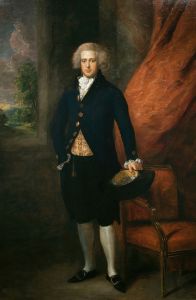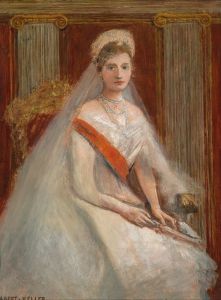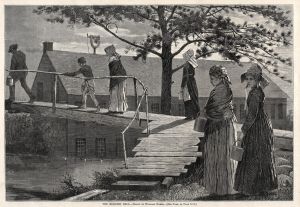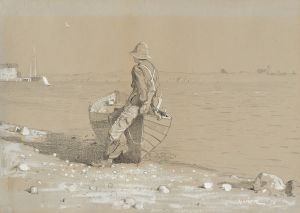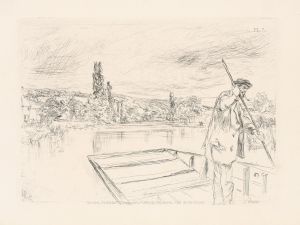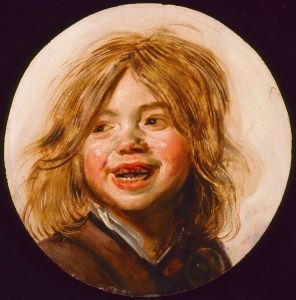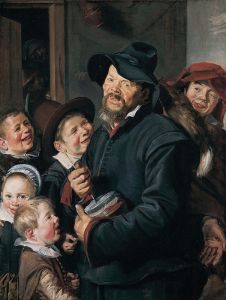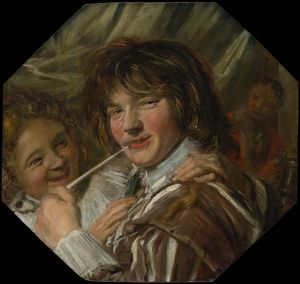
A Fisherboy
A hand-painted replica of Frans Hals’s masterpiece A Fisherboy, meticulously crafted by professional artists to capture the true essence of the original. Each piece is created with museum-quality canvas and rare mineral pigments, carefully painted by experienced artists with delicate brushstrokes and rich, layered colors to perfectly recreate the texture of the original artwork. Unlike machine-printed reproductions, this hand-painted version brings the painting to life, infused with the artist’s emotions and skill in every stroke. Whether for personal collection or home decoration, it instantly elevates the artistic atmosphere of any space.
"A Fisherboy" is a painting by the Dutch Golden Age artist Frans Hals. Created around 1630, this work is a notable example of Hals' skill in capturing lively and spontaneous expressions, which has earned him a prominent place in art history. The painting is an oil on canvas and measures approximately 72.5 cm by 61 cm (28.5 inches by 24 inches).
Frans Hals was born in 1582 or 1583 in Antwerp, which is now part of Belgium, but he spent most of his life in Haarlem, in the Dutch Republic. Hals is best known for his portraits, which often depict members of the middle class and local militia groups, as well as genre scenes that capture everyday life with a sense of immediacy and vitality.
"A Fisherboy" depicts a young boy, presumably a fisherman, who is shown in a half-length pose. The boy is dressed in simple, rustic clothing, which includes a loose-fitting shirt and a hat. His expression is cheerful and engaging, with a wide smile that reveals his teeth. This kind of lively and informal portrayal is characteristic of Hals' work, distinguishing him from many of his contemporaries who often favored more formal and static compositions.
The background of the painting is relatively plain, which helps to focus attention on the boy's face and expression. Hals' use of loose, fluid brushstrokes is evident in the rendering of the boy's hair and clothing, contributing to the overall sense of movement and life in the painting. This technique was innovative at the time and influenced many later artists, including the Impressionists in the 19th century.
"A Fisherboy" is part of the collection of the Rijksmuseum in Amsterdam, one of the most important museums in the Netherlands. The painting is considered an excellent example of Hals' ability to convey personality and emotion through portraiture. It also reflects the social and economic conditions of the time, as fishing was a common occupation in the Dutch Republic, particularly in coastal towns like Haarlem.
Frans Hals' work fell into relative obscurity after his death in 1666, but he was rediscovered in the 19th century and has since been recognized as one of the great masters of Dutch art. His paintings are celebrated for their lively brushwork, realistic depictions, and the ability to capture the essence of his subjects.
In summary, "A Fisherboy" by Frans Hals is a masterful representation of a young fisherman's joyful and spontaneous expression. The painting exemplifies Hals' innovative techniques and his talent for bringing his subjects to life, making it a significant piece within the context of Dutch Golden Age painting.





